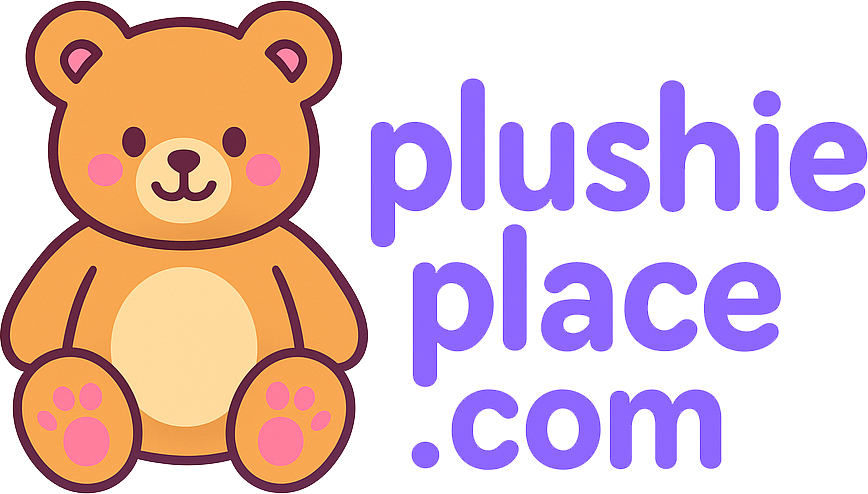-
أخر الأخبار
- استكشف
-
الصفحات
-
المجموعات
-
المناسبات
-
المدونات
Storytelling in the Digital Era: Trends to Watch

Storytelling has always been at the heart of human communication, but in the digital era, it has taken on new forms, tools, and possibilities. Today’s brands are no longer just competing for market share—they are competing for attention. The way a story is told can determine whether it becomes a fleeting post or a cultural moment.
As technology continues to evolve and audience behaviors shift, the art of storytelling is experiencing a profound transformation. Here are the key trends shaping storytelling in the digital age.
If you’re searching for a reliable PR company in Delhi, we have the expertise you need. PR Agency in India to us at Twenty7 Inc!
The New Landscape of Storytelling
The digital ecosystem has changed the rules. Once, brands relied on long-form narratives in print, television, or radio. Now, stories must work across multiple platforms, adapt to short attention spans, and integrate with interactive technologies.
Audiences are more empowered than ever—they choose what to consume, when to consume it, and how to engage with it. This demands that storytellers adapt not only their message but also their delivery.
1. Short-Form Storytelling for Instant Impact
With platforms like TikTok, Instagram Reels, and YouTube Shorts dominating, short-form content is no longer a secondary format—it’s a primary storytelling vehicle.
Why it matters:
-
Captures attention quickly in an overcrowded content space
-
Encourages frequent posting and agile campaigns
-
Appeals to mobile-first audiences
Example: Brands like Nike have mastered micro-stories—15 seconds of impactful visuals, emotion, and brand essence that linger in the viewer’s mind.
2. Interactive and Immersive Experiences
Audiences are no longer satisfied with passive consumption. They want to be part of the story. Interactive content—quizzes, polls, gamified elements, and virtual reality experiences—creates active participation.
Emerging tools:
-
Augmented Reality (AR) filters that let users “try” products.
-
360-degree videos for immersive brand tours
-
Interactive storytelling games that promote brand engagement
Trend insight: The line between storyteller and audience is blurring, turning stories into shared experiences.
3. Authenticity Over Perfection
Highly polished, scripted brand narratives are losing traction. Audiences, especially younger demographics, prefer raw, unfiltered, and authentic stories.
What this means for brands:
-
Behind-the-scenes footage
-
Real employee voices instead of scripted lines
-
User-generated content as part of official storytelling
Example: Brands like Zomato and Dunzo in India use humor and self-awareness in their digital communication, making them relatable and approachable.
4. Data-Driven Storytelling
Digital platforms provide detailed analytics about audience behavior. Smart storytellers are using these insights to refine narratives and deliver stories tailored to audience preferences.
Data in action:
-
Personalizing email campaigns based on user history
-
Targeting ads with stories relevant to user behavior
-
Testing headlines and visuals for maximum emotional impact
Impact: Stories no longer have to be one-size-fits-all—they can evolve in real time based on feedback.
5. Multi-Platform Narrative Ecosystems
A single story can be told in different ways across platforms, creating a “narrative ecosystem.”
Example of execution:
-
YouTube: Long-form brand film
-
Instagram: Teaser clips and behind-the-scenes
-
Twitter/X: Real-time conversation and witty commentary
-
LinkedIn: Industry thought leadership article expanding on the theme
Why it works: Each platform plays to its strengths while contributing to a larger, cohesive story arc.
6. Cause-Driven Storytelling
Audiences increasingly expect brands to take a stand on social, environmental, and cultural issues. Cause-driven storytelling connects brand values to larger societal narratives.
Key considerations:
-
Authentic alignment between cause and brand identity
-
Consistent follow-through beyond the campaign launch
-
Transparency about goals and outcomes
Example: Indian brands like Tata Tea’s “Jaago Re” have combined storytelling with social messaging for lasting impact.
Are you seeking a trusted PR company in Bangalore to manage your communications? Reach out to Twenty7 Inc. today!
7. The Rise of Ephemeral Content
Stories that disappear after 24 hours—like Instagram Stories and Snapchat posts—create urgency and intimacy. They mimic real conversations and encourage repeat visits.
Best practices:
-
Use for limited-time offers or exclusive peeks.
-
Showcase informal, real-time updates.
-
Encourage audience interaction through polls and Q&A
Why it works: The fleeting nature creates a fear of missing out (FOMO) that drives engagement.
8. Collaborative Storytelling with Influencers
Influencers aren’t just distribution channels—they are co-creators in the storytelling process. Brands are moving from scripted influencer endorsements to collaborative content creation.
Trends within influencer storytelling:
-
Co-hosting live events or webinars
-
Co-producing mini-documentaries or series
-
Giving influencers creative freedom for authenticity
Impact: This approach blends brand messages with the influencer’s unique voice and audience trust.
9. Visual-First Narratives
With visual platforms dominating, imagery often carries more weight than words. Whether it’s a meme, cinematic brand video, or data visualization, visuals enhance emotional resonance.
Tips:
-
Invest in a strong visual identity across platforms.
-
Use visual metaphors to simplify complex ideas.
-
Adapt visuals for different formats (vertical, horizontal, square)
Case in point: Apple’s “Shot on iPhone” campaign relies heavily on visual storytelling that transcends language barriers.
10. AI-Enhanced Storytelling
Artificial intelligence is becoming a powerful storytelling tool—from automating content generation to creating personalized experiences.
Examples of AI in action:
-
Chatbots telling brand stories through conversation
-
AI-generated videos adapting to viewer preferences
-
Predictive storytelling based on behavioral trends
Caution: While AI offers efficiency and personalization, human creativity remains crucial for emotional depth.
The Challenges of Digital Storytelling
While the opportunities are vast, digital storytelling faces challenges:
-
Content saturation makes it harder to stand out.
-
Platform dependency risks losing reach if algorithms change.
-
Authenticity gaps can lead to audience distrust if stories feel forced
The solution lies in balancing creativity with data-driven insight, ensuring every story has both emotional resonance and strategic purpose.
Looking Ahead: The Future of Storytelling
The next phase of digital storytelling will likely see even more convergence of technology and creativity:
-
Metaverse narratives that span virtual worlds
-
Holographic storytelling for live events
-
Hyper-personalized stories tailored for micro-audiences
One thing remains constant: Stories that connect emotionally will always outperform purely informational stories.
If you're searching for a reputable PR company in Hyderabad, we’re here to assist! Reach out to us at Twenty7 Inc.
Conclusion: Timeless Craft, Modern Tools
Storytelling in the digital era is less about replacing the old ways and more about enhancing them. While formats, tools, and platforms continue to evolve, the essence remains the same—a great story resonates, engages, and inspires.
For brands, this means embracing new trends without losing sight of the timeless principles of authenticity, empathy, and narrative coherence. The digital world is ready for stories worth telling. The question is—are you ready to tell yours?
Follow these links as well
https://twenty7inc.in/press-release-distribution/
https://twenty7inc.in/best-pr-agency-in-gurgaon/
https://twenty7inc.in/pr-agency-in-noida/
https://twenty7inc.in/pr-agency-in-chennai
https://twenty7inc.in/pr-agency-in-kolkata
- Art
- Causes
- Crafts
- Dance
- Drinks
- Film
- Fitness
- Food
- الألعاب
- Gardening
- Health
- الرئيسية
- Literature
- Music
- Networking
- أخرى
- Party
- Religion
- Shopping
- Sports
- Theater
- Wellness


